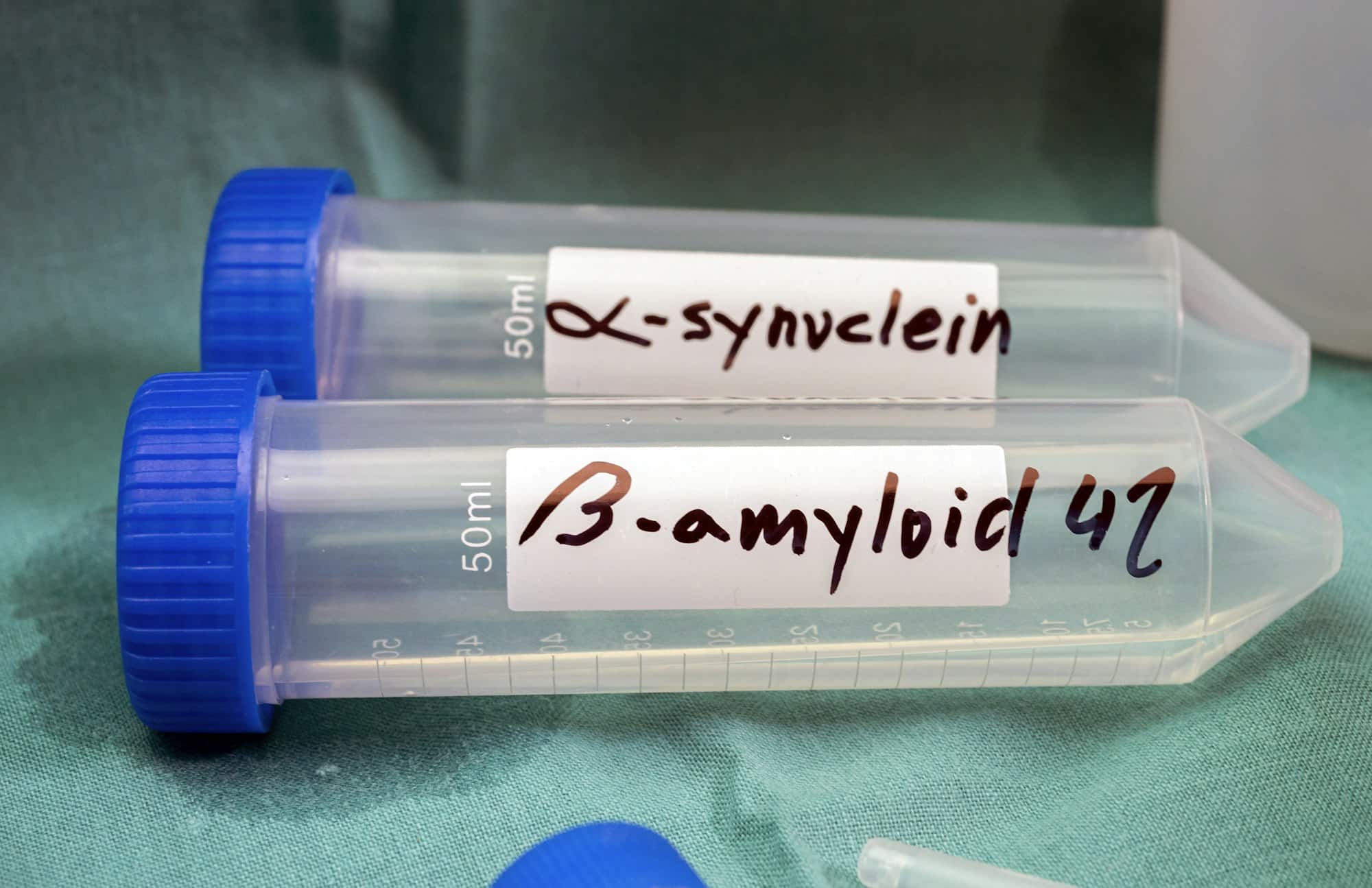Can Machine Learning Help Identify Biomarkers for Early Detection of Neurodegenerative Diseases?

Machine learning is a rapidly advancing field that has the potential to revolutionize many aspects of healthcare, including the diagnosis and treatment of diseases like Alzheimer’s. This article will delve into the possible connections and applications of machine learning in identifying biomarkers for early detection of neurodegenerative diseases.
The Importance of Early Disease Detection
Early detection of diseases can significantly improve the patient’s prognosis and the effectiveness of the treatment. For diseases like Alzheimer’s – a type of neurodegenerative disease associated with memory loss and cognitive decline, early detection is particularly crucial. It allows for timely management strategies to be implemented, which can slow down the progression of the disease and enhance the patient’s quality of life.
A voir aussi : What’s the Impact of IoT on Streamlining Inventory Management in Retail Stores?
Identifying these diseases early is a complex task. It involves tracking subtle changes in a patient’s behavior, cognitive function, and biochemistry that may signal the onset of the disease. This is where biomarkers come in. Biomarkers are biological measures that can indicate the presence of a disease or the risk of developing one. The challenge lies in identifying these biomarkers accurately and promptly.
The Role of Machine Learning in Disease Detection
Machine learning is a subset of artificial intelligence that involves the development of computer systems capable of learning from and making decisions based on data. In disease diagnosis, this technology can be utilized to analyze vast amounts of data to identify patterns or trends that might not be discernible to the human eye.
A lire en complément : What’s the Role of AR in Enhancing Remote Technical Support for Home Appliances?
For instance, machine learning algorithms can sift through data from numerous sources, including medical records, imaging scans, and genetic profiles, to identify potential biomarkers of disease. These algorithms can be trained to recognize patterns associated with specific diseases, allowing them to predict with a significant degree of accuracy whether a patient is likely to develop a disease.
One of the major advantages of machine learning models is their ability to process and analyze enormous volumes of data quickly and accurately. This makes them particularly useful in a field like medicine, where vast amounts of data are generated every day.
Machine Learning and Neurodegenerative Diseases
The use of machine learning in the diagnosis of neurodegenerative diseases is a promising area of research. There is a growing body of scholarly work examining how machine learning can be applied to identify biomarkers for diseases like Alzheimer’s and Parkinson’s.
In one noteworthy study, researchers trained a machine learning model to analyze brain scans and accurately predict the development of Alzheimer’s disease years before symptoms became apparent. Similarly, another study utilized machine learning to identify a set of genetic markers associated with an increased risk of developing Parkinson’s disease.
Such findings suggest that machine learning could be instrumental in the early detection of these diseases, potentially allowing for more effective treatment strategies to be implemented.
Identifying Biomarkers through Machine Learning
Identifying biomarkers is a crucial aspect of early disease detection. In the context of neurodegenerative diseases, biomarkers can include certain proteins found in the brain, changes in brain structure or function, and genetic markers.
Machine learning algorithms can be employed to analyze complex datasets, such as genomic data or brain scans, to identify these biomarkers. For instance, a machine learning model could be trained to recognize patterns in brain scans associated with Alzheimer’s disease, helping to predict the onset of the disease before symptoms become noticeable.
Furthermore, machine learning can also assist in tracking the progression of a disease. For example, by monitoring changes in biomarkers over time, a machine learning model could help predict how a patient’s disease is likely to progress, aiding clinicians in tailoring treatment plans accordingly.
The Future of Machine Learning in Disease Diagnosis
The use of machine learning in disease diagnosis is still relatively new, and there is much room for growth and improvement. As more data is collected and machine learning algorithms become more sophisticated, it’s likely that these tools will become increasingly integral to the diagnosis and management of diseases.
Already, there are numerous studies underway aimed at refining these machine learning models and increasing their accuracy. As this research continues, it’s expected that machine learning will play an increasingly prominent role in healthcare, helping to revolutionize the way diseases are diagnosed and managed.
So, can machine learning help identify biomarkers for early detection of neurodegenerative diseases? The research suggests that it certainly can. By enhancing our ability to identify biomarkers and predict the onset and progression of diseases, machine learning could play a key role in improving patient outcomes and reshaping the future of healthcare.
Machine Learning Models in Action: Real-world Applications
Machine learning models have already shown promise in their application to the early detection of neurodegenerative diseases. For example, algorithms have been employed in the analysis of eye movements – a potentially revealing biomarker for diseases like Alzheimer’s and Parkinson’s. Eye tracking technology, coupled with machine learning analysis, could potentially detect subtle changes in eye movement patterns that may signal the onset of cognitive impairment.
One study cited on Google Scholar applied machine learning to the analysis of eye movement data and was able to identify patterns consistent with mild cognitive decline, an early stage of Alzheimer’s disease. Similarly, another study used deep learning, a subset of machine learning, to analyze eye movements and accurately differentiate between patients with Parkinson’s disease and those without.
In addition to eye movements, machine learning models have also been used to analyze digital biomarkers derived from wearable devices. These devices can track a wide range of physiological and behavioral data, including heart rate, sleep patterns, and physical activity levels. When analyzed using machine learning algorithms, this data can potentially yield insights into the early signs of neurodegenerative diseases.
For example, a special issue published in the preprints.org reported on a study that used machine learning to analyze data from wearable devices and successfully identified early signs of cognitive decline in individuals at risk of developing Alzheimer’s disease.
Conclusion: The Road Ahead for Machine Learning in Disease Detection
Machine learning is not just a passing trend in the medical field. The studies discussed earlier, along with numerous others readily accessible via DOI PMC and Google Scholar, indicate that this technology has substantial potential for early disease detection. This is particularly true for neurodegenerative diseases like Alzheimer’s and Parkinson’s, where early diagnosis can greatly improve prognosis and facilitate better management strategies.
The potential of machine learning extends beyond the early detection of disease. Deep learning and neural network models, for example, can be used to predict disease progression and tailor treatments to individual patients, potentially improving their quality of life.
However, it is important to recognize that the success of machine learning in disease detection depends on the availability of high-quality, comprehensive datasets. As technology continues to advance, and as we collect more and more health data through strategies like eye tracking and wearable devices, the accuracy of these models is likely to improve.
In conclusion, machine learning shows great promise in improving the early detection and management of neurodegenerative diseases. By harnessing the power of machine learning to identify biomarkers and predict disease progression, we can potentially revolutionize the way we approach these diseases, leading to better patient outcomes and a brighter future for healthcare.
